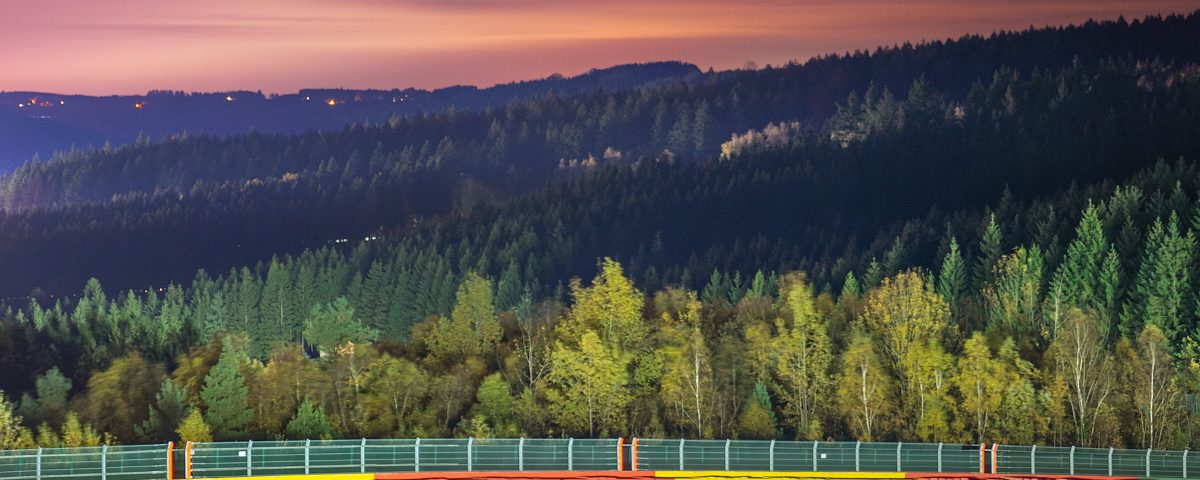How To Build A Track
Table of Contents
- Introduction
- The Key Elements of Racetrack Design
- Innovative Engineering Techniques
- Sustainable Development and Green Initiatives
- Safety Measures and Standards
- Economic Impact and Community Integration
- Conclusion
Introduction
Welcome to our comprehensive guide on building the ultimate racetrack. In this article, we delve into the intricacies of racetrack design, innovative engineering techniques, sustainable development, safety measures, and the economic impact of these projects. Our aim is to provide you with a detailed, informative, and engaging read that will not only outrank existing articles but also offer valuable insights to those interested in the world of racetracks.
The Key Elements of Racetrack Design
Track Layout and Flow
The primary objective of any racetrack design is to create a challenging and engaging experience for drivers while ensuring spectator enjoyment. This entails a harmonious blend of various track elements, such as:
- Straights: Allow drivers to reach high speeds and facilitate overtaking opportunities.
- Corners: A mix of slow, medium, and high-speed corners tests driver skill and vehicle performance.
- Elevation Changes: Hills and valleys add visual interest and an extra layer of difficulty.
- Chicanes: These tight sequences of alternating turns demand precision and quick reflexes.
Infrastructure and Facilities
A well-designed racetrack should not only focus on the track itself but also provide a comprehensive range of facilities, including:
- Paddock and garage areas: These spaces are essential for team operations and vehicle maintenance.
- Spectator facilities: Comfortable seating, excellent sightlines, and easy access to amenities enhance the fan experience.
- Medical and emergency facilities: Quick response to incidents and accidents is crucial for driver and spectator safety.
- Media and broadcasting centers: High-quality coverage attracts global audiences and increases event visibility.
Innovative Engineering Techniques
Advanced Materials and Construction Methods
Utilizing cutting-edge materials and construction techniques can significantly improve a racetrack’s performance and longevity. Some examples include:
- Asphalt Mixes: Customized asphalt formulations provide optimal grip, drainage, and durability.
- Modular Construction: Prefabricated structures reduce construction times and minimize on-site waste.
- Permeable Paving: This innovative paving solution reduces water runoff and prevents standing water on the track.
Smart Technologies and Real-Time Data Analysis
Integrating smart technologies into the racetrack design can optimize performance and enhance safety. Examples include:
- Weather Monitoring: Advanced weather stations provide real-time data to inform race strategies and flag system operation.
- Track Sensors: Embedded sensors monitor track conditions, such as grip levels and surface temperatures, allowing for better track maintenance and safer racing conditions.
Sustainable Development and Green Initiatives
Renewable Energy Sources
Harnessing renewable energy sources, such as solar panels and wind turbines, can reduce the racetrack’s carbon footprint and operational costs.
Water Management
Implementing water-saving measures, such as rainwater harvesting and greywater recycling, can minimize water consumption and contribute to the facility’s sustainability goals.
Landscaping and Biodiversity
Incorporating native vegetation and green spaces into the racetrack design can help preserve local ecosystems, promote biodiversity, and reduce the overall environmental impact of the facility.
Safety Measures and Standards
FIA and FIM Guidelines
Adhering to the Federation Internationale de l’Automobile (FIA) and the Federation Internationale de Motocyclisme (FIM) guidelines ensures that the racetrack meets the highest safety standards for both car and motorcycle racing.
Run-Off Areas and Barriers
Properly designed run-off areas and barriers are crucial to minimizing the consequences of incidents on the track. These elements include:
- Gravel traps: These slow down vehicles that veer off the track, reducing the risk of collisions with barriers.
- Tire barriers: Layers of tires absorb impact energy and reduce the risk of injury.
- TecPro barriers: These innovative energy-absorbing barriers offer improved protection for both drivers and trackside workers.
Emergency Response Planning
A well-prepared emergency response plan is essential for addressing accidents and incidents on the racetrack. Key components of an effective plan include:
- On-site medical facilities: Providing immediate medical care for drivers, team members, and spectators.
- Emergency response teams: Trained personnel equipped to handle various emergency situations, from vehicle extractions to fire suppression.
- Evacuation procedures: Clear guidelines for the safe and efficient evacuation of spectators and staff in the event of an emergency.
Economic Impact and Community Integration
Job Creation and Local Economy Growth
Constructing and operating a racetrack can generate significant economic benefits for the local community. These include direct job creation in construction, maintenance, and event management, as well as indirect job opportunities in sectors such as hospitality, retail, and transportation.
Community Outreach and Education Programs
Racetrack operators can actively engage with the local community through educational programs and outreach initiatives. Examples include:
- Motorsports education: Providing opportunities for students to learn about the science, technology, and careers related to motorsports.
- Driver training courses: Offering courses for both amateur and professional drivers to hone their skills and promote safe driving practices.
- Community events: Hosting events, such as car shows, concerts, and charity fundraisers, that cater to a broader audience and foster a sense of community.
Conclusion
Building the ultimate racetrack requires a holistic approach that encompasses innovative design, engineering excellence, sustainability, safety, and community integration. By focusing on these key aspects, racetrack developers and operators can create world-class facilities that deliver thrilling racing experiences, positive economic impact, and lasting environmental stewardship.





